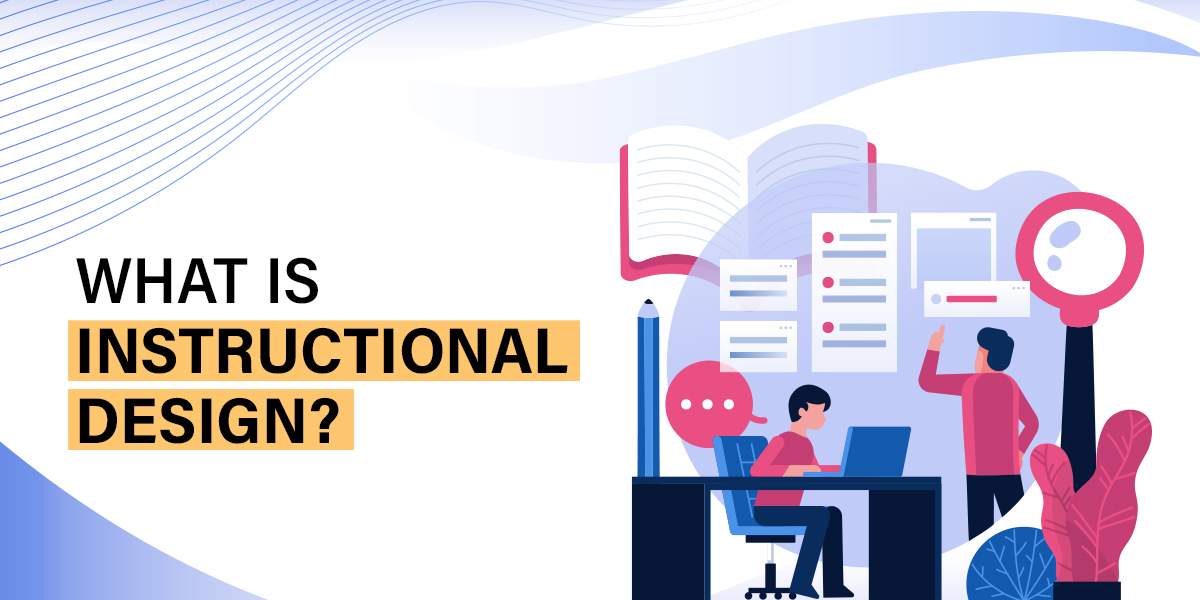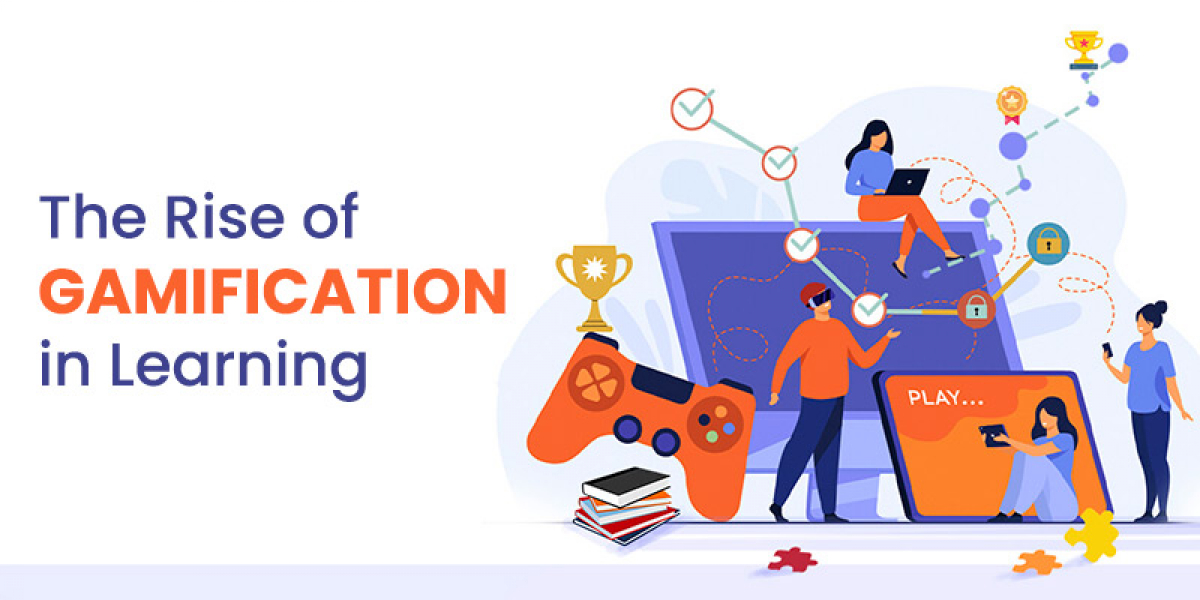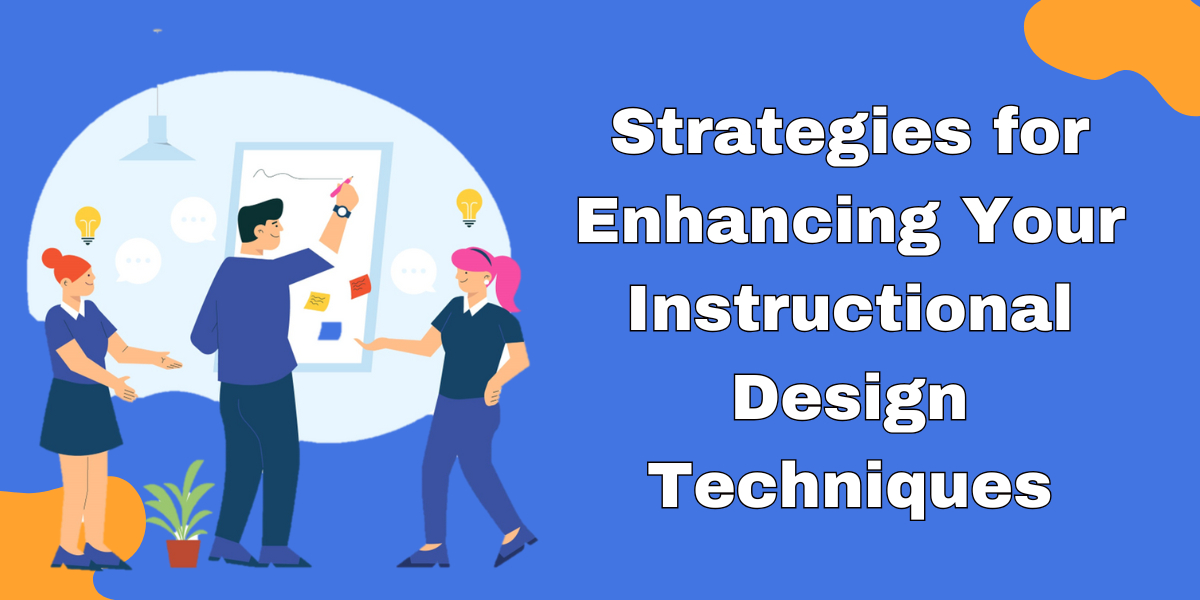Instructional design entails a methodical approach to crafting learning experiences that are both effective and efficient. This process includes assessing learning objectives and requirements, crafting instructional content and activities, producing materials, executing the plan, and assessing its efficacy.
Central to instructional design is understanding how people learn and applying educational theory and research to design learning experiences that facilitate the acquisition of knowledge and skills. This process often includes collaborating with subject matter experts, educators, and stakeholders to ensure that instructional materials meet learning objectives and engage learners effectively.
Instructional designers employ various models, strategies, and technologies to create engaging and learner-centred experiences. They may utilize multimedia, simulations, interactive exercises, and online platforms to cater to diverse learning styles and preferences. Ultimately, instructional design aims to optimize learning outcomes by aligning instructional strategies with learner needs and organizational goals.
What is an Instructional Designer?
An instructional designer is an essential professional involved in the creation of educational and training resources. Their main goal is to develop learning experiences that effectively help learners acquire knowledge and build skills. Here are key points that define the role of an instructional designer:
1. Analysis and Needs Assessment: Before instructional designers commence designing learning materials, they conduct comprehensive analyses of the target audience, learning objectives, and current educational content.
2. Curriculum Design: Instructional designers design comprehensive curricula or syllabi that outline the structure and sequence of learning activities. This involves selecting appropriate instructional strategies, methods, and resources to achieve the desired learning outcomes.
3. Content Development: They create or collaborate with subject matter experts (SMEs) to develop educational content such as course materials, presentations, videos, interactive simulations, and assessments. The content is designed to be engaging, informative, and aligned with learning objectives.
4. Instructional Strategies: Applying theories of learning and cognition, instructional designers choose effective strategies to deliver content. This may include using multimedia, gamification, scenario-based learning, or adaptive learning technologies to enhance engagement and retention.
5. Technology Integration: With the rise of digital learning, instructional designers often utilize learning management systems (LMS), authoring tools, and other technologies to deliver and manage educational content. They ensure that these tools are used effectively to support learning objectives.
6. Assessment and Evaluation: Throughout the instructional design process, designers create assessments to measure learner progress and evaluate the effectiveness of the learning materials. They gather feedback from learners and stakeholders to iteratively improve the curriculum.
7. Project Management: Managing timelines, budgets, and resources is essential for instructional designers, especially when working on large-scale educational projects. They coordinate with stakeholders, SMEs, and other team members to ensure projects are completed on schedule.
8. Professional Growth: Staying updated with advancements in educational technology and instructional design methodologies is crucial for instructional designers. They continuously improve their skills through professional development opportunities and networking within the field.
In essence, instructional designers are architects of learning experiences, blending pedagogical expertise with technical proficiency to create effective and engaging educational materials. Their role is pivotal in bridging the gap between educational goals and meaningful learning outcomes in various settings, including schools, universities, corporate training, and online learning platforms.
Instructional Design models
Certainly! Instructional design models provide systematic frameworks for creating effective learning experiences. Here are a few prominent ones:
1. ADDIE Model: It is a well-established framework in instructional systems design (ISD), comprising five key phases: Analysis, Design, Development, Implementation, and Evaluation. It emphasizes the importance of iterative development and continuous evaluation at every stage of the process.
2. Dick and Carey Model: This model focuses on systematic instructional design by identifying instructional goals, conducting instructional analysis, designing instructional strategies, developing and selecting materials, and evaluating instruction and revising as necessary.
3. SAM (Successive Approximation Model): SAM is an agile instructional design model that involves iterative development with three phases: Preparation, Iterative Design, and Iterative Development. It encourages collaboration and rapid prototyping.
4. Merrill’s Principles of Instruction: It highlights the foundational elements of effective teaching: focusing on tasks, activating prior knowledge, demonstrating skills, applying learning, and integrating knowledge seamlessly.
5. Gagne’s Nine Events of Instruction: Based on cognitive principles, outlines a sequence of steps that support learning: capturing attention, clarifying learning goals, encouraging recall of previous knowledge, delivering content, offering guidance, prompting learner performance, giving feedback, evaluating performance, and improving retention and application.
6. Kirkpatrick’s Four Levels of Evaluation: While not a design model per se, it's crucial for evaluating instructional effectiveness. It comprises four stages: Response, Acquisition, Performance, and Outcomes.
Each of these models offers a structured approach to designing and evaluating instructional materials and experiences, catering to different learning contexts and goals.
Future of Instructional Design
The future of instructional design lies in embracing emerging technologies and evolving learner needs. As technology advances, instructional designers will increasingly integrate AI, virtual reality (VR), augmented reality (AR), and adaptive learning technologies to create personalized and immersive learning experiences. These tools will enable learners to engage with content in more interactive and meaningful ways, enhancing retention and application of knowledge.
Moreover, there will be a shift towards more flexible and learner-centred approaches, accommodating diverse learning styles and preferences. Designers will focus on creating microlearning modules, mobile-friendly content, and gamified learning experiences to cater to the needs of modern learners who value on-demand access and engaging formats.
Collaboration and co-creation will become essential as instructional designers work closely with subject matter experts, educators, and technologists to design effective learning solutions. Continuous evaluation and feedback loops will also play a crucial role, allowing for iterative improvements based on data-driven insights.
Ultimately, the future of instructional design is about leveraging innovation to create adaptive, personalized, and impactful learning experiences that empower learners to succeed in a rapidly changing world.
Conclusion
In conclusion, instructional design is poised to revolutionize learning through innovative technologies and learner-centric approaches. Through the integration of AI, VR, AR, and adaptive learning technologies, designers have the capability to craft customized and immersive educational experiences. Collaboration and iterative improvement will ensure the effectiveness of these designs. As we move forward, the focus remains on creating flexible, accessible, and impactful learning solutions that meet the evolving needs of learners in diverse contexts.




